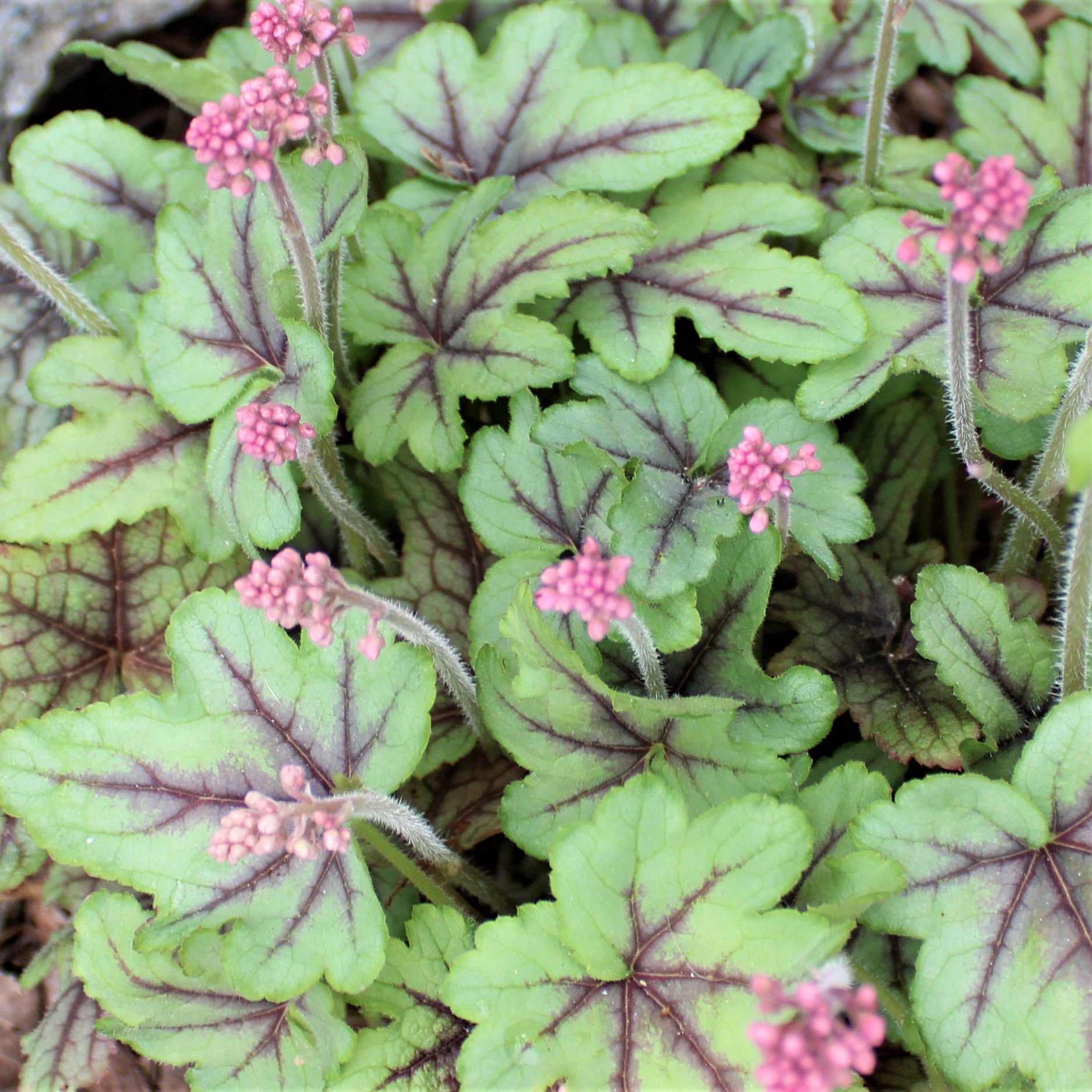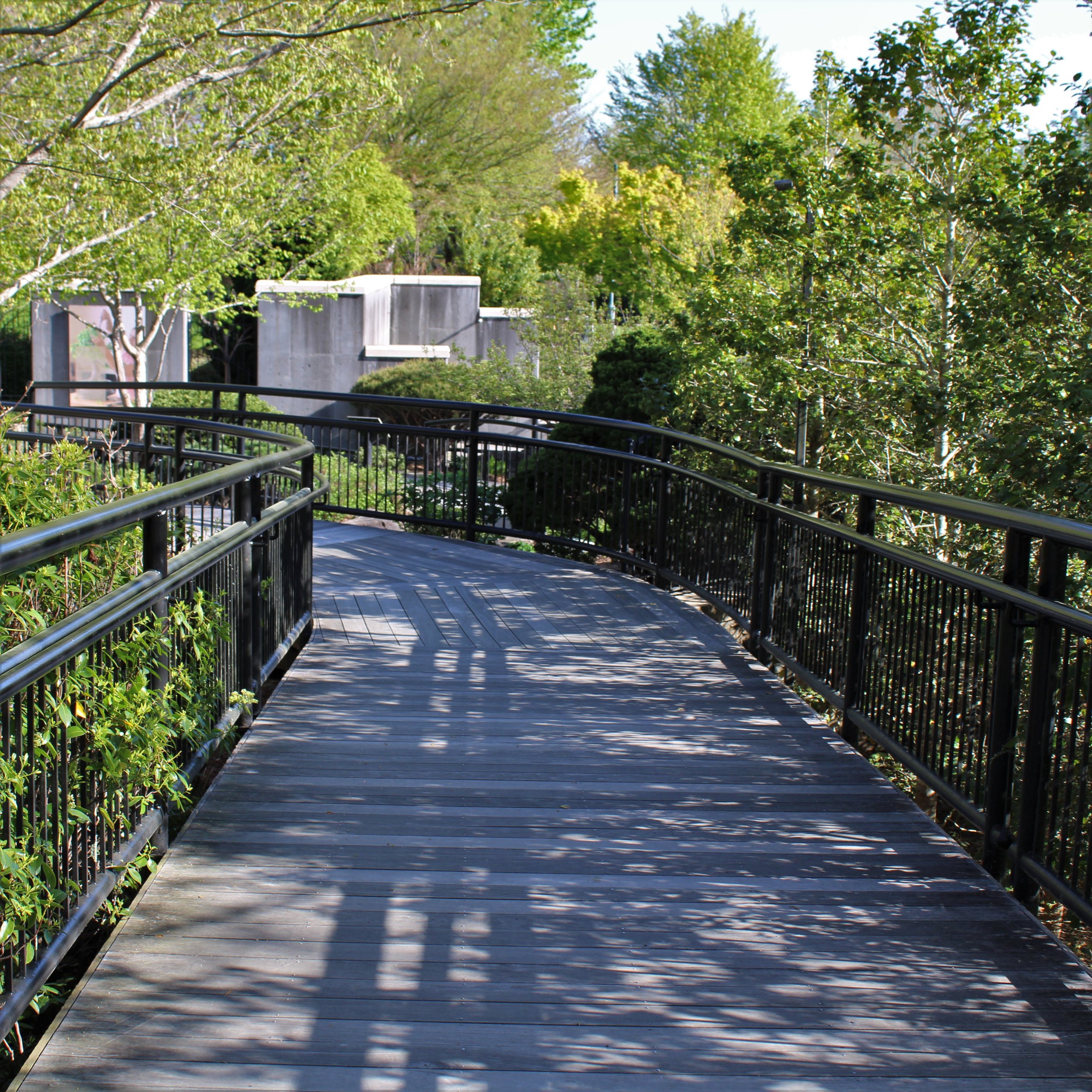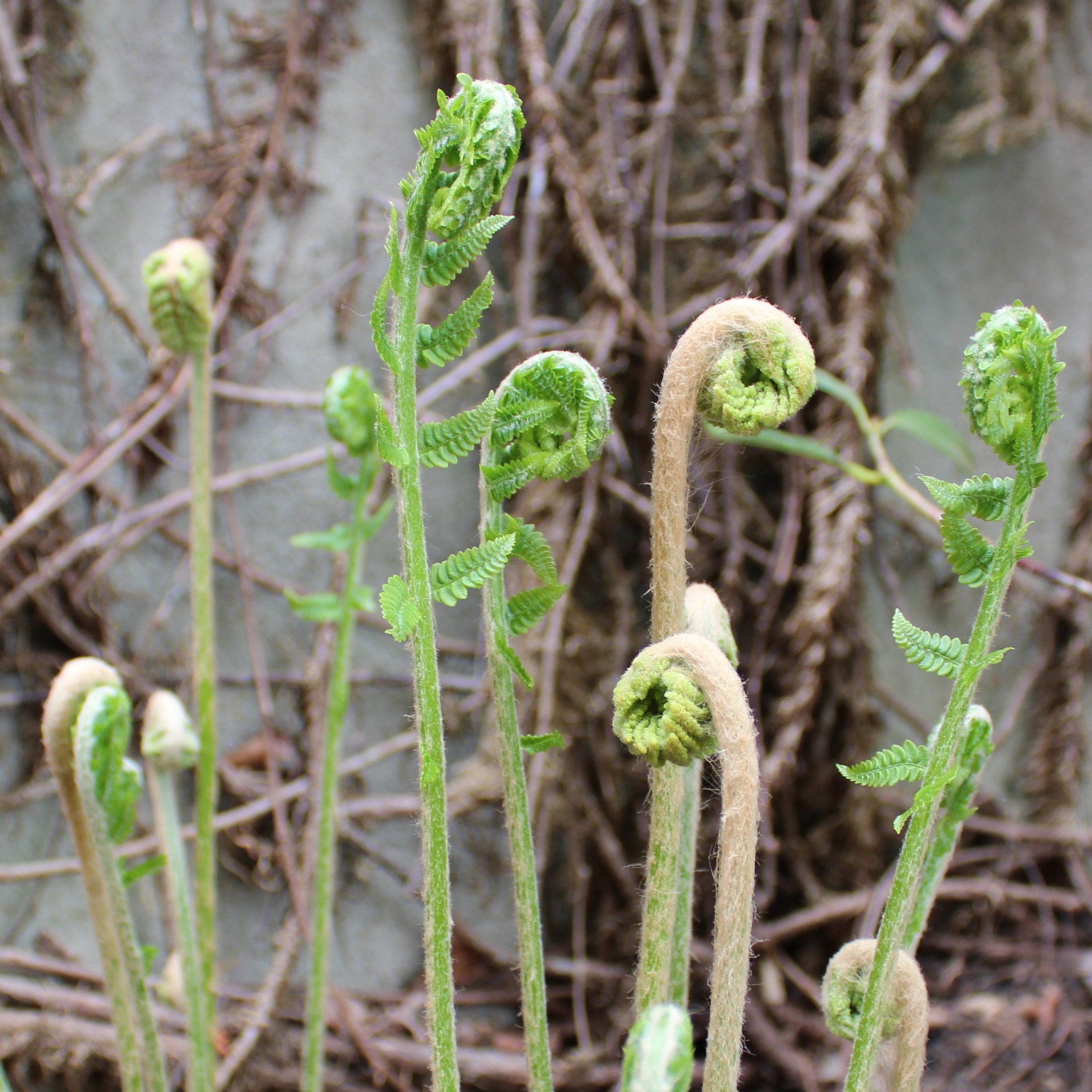May
In this part of the world — and all the writing in this Journal has that perspective — the seasons are obviously a cyclical experience, with clear, observable differences between each of them as we move along through the sequence. Spring, summer, autumn, winter, and back to spring. The calendar is cyclical too, and the progression of the calendar aligns with the revolving seasons, which are themselves a product of the doubly revolving earth. Round and round we go.
That's the larger perspective, but within the workings of that great arrangement there are innumerable variables at play, and so from one orbit around the sun to another there will be variances. The hottest day of the year one year may be in July, and another year it will be in September. The first snow may come in October, or maybe February. On a more fine-grained level, the cycle of temperate plants, tied as it is to the cycle of the seasons, will also exhibit variances as a reflection of what is happening in the overall environment. With that in mind, the frost-free date for the Asheville area is usually given as May 15th. That is to say, the historical record indicates frost and freeze might occur any time up until the middle of May. In 2020 we had a frost on the night of May 5th. The last frost for this year may well have occurred already, but then again maybe not. The folk wisdom in these parts says not to plant your tomatoes until the flowers fall from the dogwoods. As we move into the month of May, the dogwoods have been flowering for several weeks and it looks like they don't have long to go, but they haven't dropped their flowers yet.
A roller coaster is another kind of cycle. If you were to use a roller coaster analogy for the cycle of the growing season, as April leads into May we are at the very top of the first and biggest hill, soon to plummet in the initial breathtaking rush of an exhilarating ride. Whether we are free yet or not from the danger posed by frost and freezing, spring is in full flower right now. I wrote earlier of a fear of spring from the distance, but once it arrives there is no fear. There is no fear because there is no time for it, there is only time to focus on the work that must be done now, on the trees in the collection, and in the garden where those trees will soon be on display. All the bonsai not in the cooler are growing now, and those in the cooler need to be brought out in the next couple of weeks, and as soon they're out they too will be growing. All the plants in the bonsai garden landscape are growing now too, and all these eagerly growing things need their measure of attention. They will be calling for some degree of ongoing attention more or less until they go dormant, about half a year from now.
No time for fear, get to work! Grab hold of spring as it roars in and then hang on. What awaits us in the weeks and months to come? We have some clue based on past experience, but exactly how this growing season will go nobody knows.
Here is a truth about the month of May: It begins with an array of colors in the landscape that is at least the equal of the celebrated colors of autumn. There is a certain color that, for reasons of marketing products like paint, is called "spring green," and you can probably picture it in your mind. But if you look about yourself when you're out in nature in early May, the spring green you see is not that particular color, although that color is part of it. Spring green is an amalgamation of just about every shade of green there is, from the dark richness of a spruce tree to the ghostly paleness of a fern’s unfurling fiddlehead. It also includes shades of orange, red and salmon from emerging maple leaves and fruits, and a range of tawny, bronzy, greenish-yellows, courtesy of all the different species of oak trees in flower, and the hickories, tuliptrees, sassafras, blackgums, beech and so many others each lending their own uniquely colored spring character to the mix. A whole spectrum of subtle hues combine in sublime harmony to produce the green that graces the forests on the mountainsides in early May. That is spring green. In addition to it, the colors of early May also include those that arrive in an outpouring of flowers, bursting forth now on the ground and in the air — little soft pieces of tangible rainbow in a seemingly inexhaustible scope of form and detail. And all this is spread out before us under the bluest of skies in the soothing clarity of the strengthening spring sunlight. There are times when the beauty of it will carry you away from the prison of your thoughts and fill you with a sweet feeling so deep and wide it encompasses both longing and acceptance.
Part of what makes these colors of early spring so special is the fact that they are fleeting. You will see them in the early part of May, but by the end of the month they are all gone. The change is so subtle it's rarely remarked upon, but it is real and can be seen easily enough. There will come a time in the weeks ahead when the greens of spring transform, quietly morphing into a more uniform tone, darker, rich and soothing to the eye. It is the color the earth will wear for summer, seen first in latter May in its freshest aspect, before wind, drought, bugs, and fungus diminish its luster. In this part of the world a good case can be made that May is the prettiest month, the fairest of them all.
As it happens, May is also when we bring the bonsai back out to display in the garden. The push to get to that point in a state of readiness is an all-consuming effort. In the meantime, more and more people show up daily, walking in to the garden and expressing disappointment when they see no bonsai on the benches. Some turn around and walk out the way they just came in, but others wander through and take a look anyway. They are rewarded for their efforts because, although the bonsai garden is incomplete without the bonsai on display, it is a wonderful place regardless, and especially in spring.
Here is a gallery of bonsai garden views gathered in the last few weeks (click on any image for a larger view):
So the garden will be ready when the new viewing season begins, but what about the bonsai? We’re working on it!
Here is a peek at a bonsai that peaked too soon:
Coral Bells Azalea (Rhododendron indicum ‘Coral Bells’)
This is an early blooming variety of azalea that caught me by surprise. Next year this one will stay in the cooler until about this time, so that it might bloom a little later and be enjoyed by more people in the garden.



























